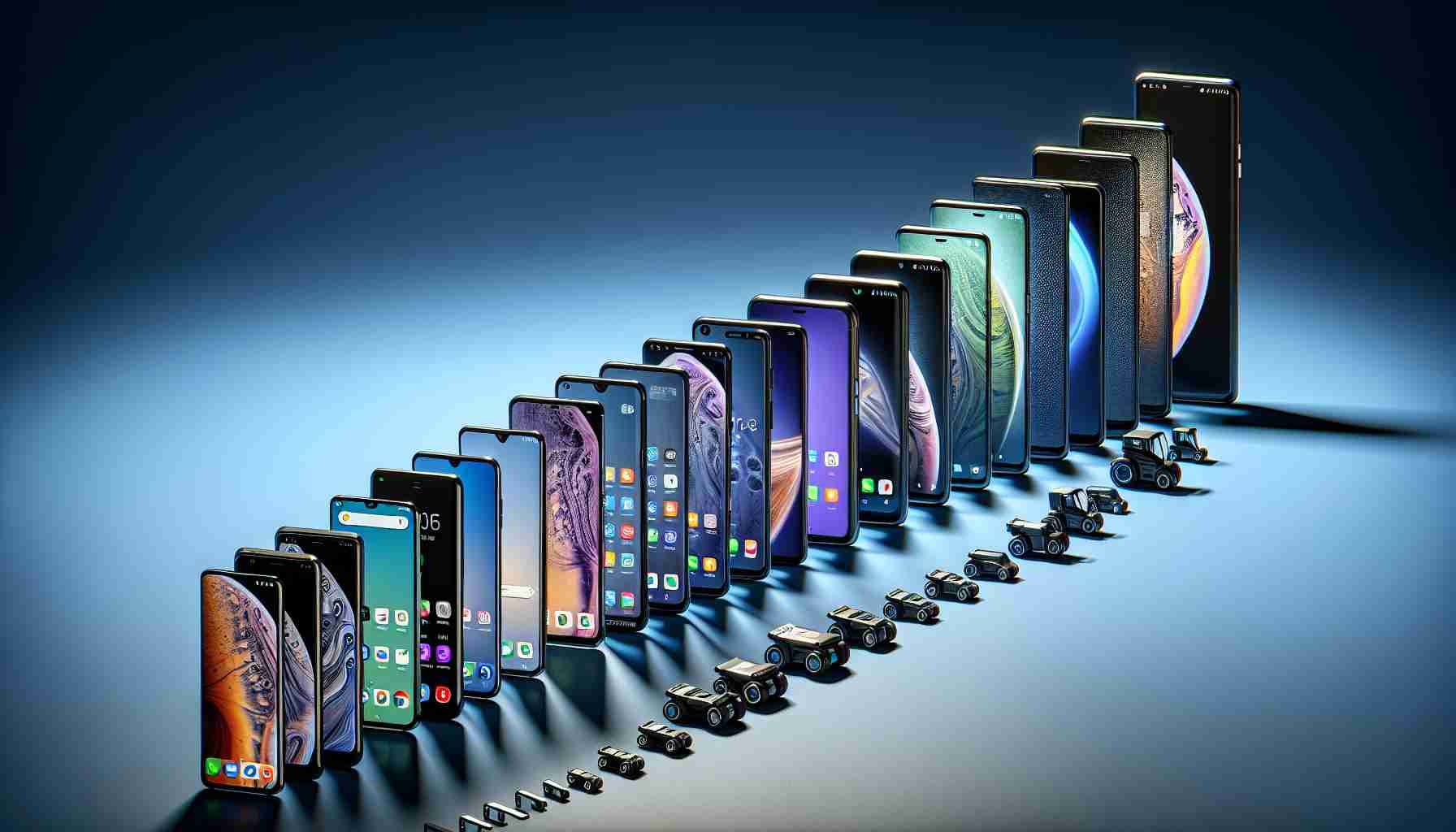The role of smartphones in the daily lives of delivery professionals cannot be overstated. With their job heavily reliant on high-performance mobile devices, delivery partners rely on smartphones for a wide range of tasks, from managing orders and confirming deliveries to scanning barcodes and navigating routes. In India, a recent survey conducted by Borzo (formerly known as WeFast) revealed the top smartphone choices among delivery partners.
According to the survey, the most popular smartphone brands among delivery partners in India are Samsung, OnePlus, and Xiaomi. Samsung emerged as the frontrunner in 2023, garnering significant popularity among delivery professionals. This is a notable shift from previous years, where Xiaomi phones reigned supreme. In fact, Oppo and Redmi smartphones experienced a decline in popularity among delivery riders.
Affordability played a crucial role in shaping the preferences of delivery partners. The smartphones chosen by these workers are reasonably priced, falling within the range of Rs 10,000 to Rs 30,000. Models with at least 4GB of RAM and 64GB of internal storage are the preferred choices, with some versions offering up to 8GB of RAM and 128GB of storage. However, despite their increased capabilities, models with 256GB of storage have seen limited demand.
It’s worth noting that the emergence of 5G technology has also influenced the smartphone preferences of delivery partners. Although slightly more expensive, 5G models are becoming increasingly popular compared to their 4G counterparts. The Samsung Galaxy A52s 5G has emerged as the top choice among delivery partners, offering a balance of performance, pricing, and connectivity.
As the delivery industry continues to evolve, so do the preferences and requirements of its workforce. Smartphone manufacturers will need to stay attuned to the needs of delivery partners, offering devices that provide the best value for their pricing range. Whether it’s improved performance, storage capacity, or network connectivity, the smartphone choices of delivery partners are set to shape the future of the industry.
FAQ Section:
1. What role do smartphones play in the daily lives of delivery professionals?
Delivery professionals rely heavily on smartphones for various tasks such as managing orders, confirming deliveries, scanning barcodes, and navigating routes.
2. According to a recent survey, which smartphone brands are most popular among delivery partners in India?
The most popular smartphone brands among delivery partners in India, according to the survey, are Samsung, OnePlus, and Xiaomi.
3. How has the popularity of smartphone brands among delivery partners changed over time?
The survey revealed that Samsung has emerged as the frontrunner in 2023, marking a notable shift from previous years where Xiaomi phones were more popular. Oppo and Redmi smartphones, on the other hand, experienced a decline in popularity.
4. What factors influenced the smartphone preferences of delivery partners?
Affordability played a crucial role in shaping the preferences of delivery partners. The chosen smartphones are reasonably priced, falling within the range of Rs 10,000 to Rs 30,000. Additionally, models with at least 4GB of RAM and 64GB of internal storage were preferred.
5. How has the emergence of 5G technology impacted the smartphone preferences of delivery partners?
The emergence of 5G technology has influenced the smartphone preferences of delivery partners. While slightly more expensive, 5G models are becoming increasingly popular compared to their 4G counterparts. The Samsung Galaxy A52s 5G, in particular, has emerged as the top choice among delivery partners.
Key Terms and Jargon:
– Delivery professionals: Refers to individuals who work in the delivery industry, responsible for delivering packages or goods to customers or locations.
– Mobile devices: Refers to smartphones or tablets that are portable and can be easily carried around.
– Scanning barcodes: Refers to the process of using the camera on a smartphone to read and decode barcodes for product identification or tracking.
– RAM: Stands for Random Access Memory, a type of computer memory that allows data to be accessed quickly by the device.
– Internal storage: Refers to the built-in storage capacity of a smartphone or device for storing applications, files, and data.
– 5G technology: The fifth generation of wireless technology, providing faster internet speeds and improved connectivity compared to previous generations.
– Connectivity: Refers to the ability of a device to connect to the internet or other devices.
Related Links:
– https://www.samsung.com
– https://www.oneplus.com
– https://www.mi.com
The source of the article is from the blog portaldoriograndense.com
